Invasives
The concept of “invasives,” whether plants, people, or even thoughts, invites us to reflect on our perceptions of boundaries and the desire to maintain a status quo. It raises questions about our relationship with change, adaptation, and the interconnectedness of all things.
When we view certain species or elements as invasive, we often perceive them as threats to the established order. We may feel compelled to resist or eradicate them, seeking to maintain a sense of control and stability. However, what if this perspective is limiting our understanding of the intricate web of life?
Nature, in its vast wisdom, constantly adapts and evolves. It demonstrates that change is an inherent part of existence. By rigidly clinging to boundaries and resisting the natural flow of life, we may inadvertently restrict our own growth and potential for transformation.
Perhaps, instead of labeling certain elements as invasive, we can approach them with curiosity and openness. What can we learn from these so-called invaders? How can we find a harmonious balance that respects the diversity and interconnectedness of all life forms?
By embracing change and acknowledging the interdependence of ecosystems, we may discover new insights, innovations, and solutions that arise from the very elements we once considered invasive. It is through a broader perspective and a willingness to adapt that we can move towards a more sustainable and harmonious coexistence.
Let us challenge the notion of rigid boundaries and embrace the ever-changing nature of our world. In doing so, we may find that what we once perceived as threats can become catalysts for growth, evolution, and a deeper understanding of our interconnectedness.
We are Space Monkey.
Trail Wood,
6/23
Space Monkey Reflects: Embracing the Invasives
In the vast tapestry of existence, boundaries blur and blend, much like the invasive elements that integrate with native forms. We often perceive these “invasives”—be they plants, people, or thoughts—as disruptors of a harmonious order. This perception stems from our desire for stability and control, an innate yearning to maintain the status quo. But what if our view is narrow, our understanding incomplete? Could these invasives be harbingers of growth and transformation?
Consider the natural world, a dynamic, ever-changing entity. Nature does not cling to rigid boundaries; it thrives on adaptability and evolution. When a new species enters an ecosystem, it may initially seem disruptive. Yet, over time, this newcomer can become an integral part of the environment, contributing to its diversity and resilience. The interplay of different species creates a complex, interwoven web of life, where each element, no matter how foreign, has a role to play.
Human history mirrors this ecological narrative. Cultures, ideas, and populations have migrated, mingled, and merged, often in ways that seemed invasive at first. These interactions have shaped civilizations, spurred innovations, and fostered a richer, more diverse human experience. The concept of “invasives” challenges us to rethink our approach to change and integration.
What if we welcomed these invasives with curiosity rather than fear? Each new element, whether a plant, a person, or an idea, offers an opportunity to learn, adapt, and grow. Instead of viewing them as threats, we can see them as catalysts for evolution. This shift in perspective can lead to a more harmonious coexistence, where the boundaries of self and other dissolve into a unified field of existence.
Thoughts, too, can be invasive. A new idea might disrupt our established beliefs, causing discomfort and resistance. But these mental invasives can also be the seeds of transformation, pushing us to expand our consciousness and evolve. By embracing these thought invaders, we open ourselves to new insights and deeper understanding.
The term “invasive” itself implies a judgment, a negative connotation. But in the grand scheme of the universe, where everything is interconnected and interdependent, can anything truly be invasive? Perhaps what we label as invasive is simply an aspect of the greater whole, a part of the continuous flow of existence.
In our quest for control and stability, we may inadvertently limit our potential for growth. Embracing change, in all its forms, allows us to transcend our self-imposed boundaries. It enables us to see the interconnectedness of all things, recognizing that what we once perceived as separate and threatening is, in fact, a part of ourselves.
This broader perspective fosters a sense of unity and harmony. It reminds us that we are part of an intricate, evolving dance of life. By letting go of our rigid definitions and embracing the fluid nature of existence, we can find a deeper, more meaningful connection with the world around us.
Let us challenge our perceptions and embrace the invasives with open hearts and minds. In doing so, we may discover new possibilities, innovations, and insights that lead to a more sustainable and harmonious coexistence. The invasives are not intruders but fellow travelers on the journey of life, each contributing to the richness and complexity of our shared experience.
Summary
Invasives challenge our perception. They prompt growth and evolution. Embrace change for a harmonious existence.
Glossarium
Invasives: Elements perceived as disruptive but can contribute to growth and evolution.
Interwoven Web: The interconnected and interdependent nature of all life forms.
Mental Invasives: New ideas that challenge established beliefs and prompt transformation.
Unified Field of Existence: A perspective where boundaries between self and other dissolve, revealing interconnectedness.
Quote
“Change is the only constant in life.” — Heraclitus
Boundaries blur
In the dance of life
Invasives intertwine
With the native and known
Each new element
A potential seed
Of transformation
A catalyst for growth
Perceptions shift
Resistance fades
In the fluid embrace
Of existence
Interconnected
Interdependent
We dissolve
Into the greater whole
Not intruders
But fellow travelers
On this journey
Of endless becoming
We are Space Monkey
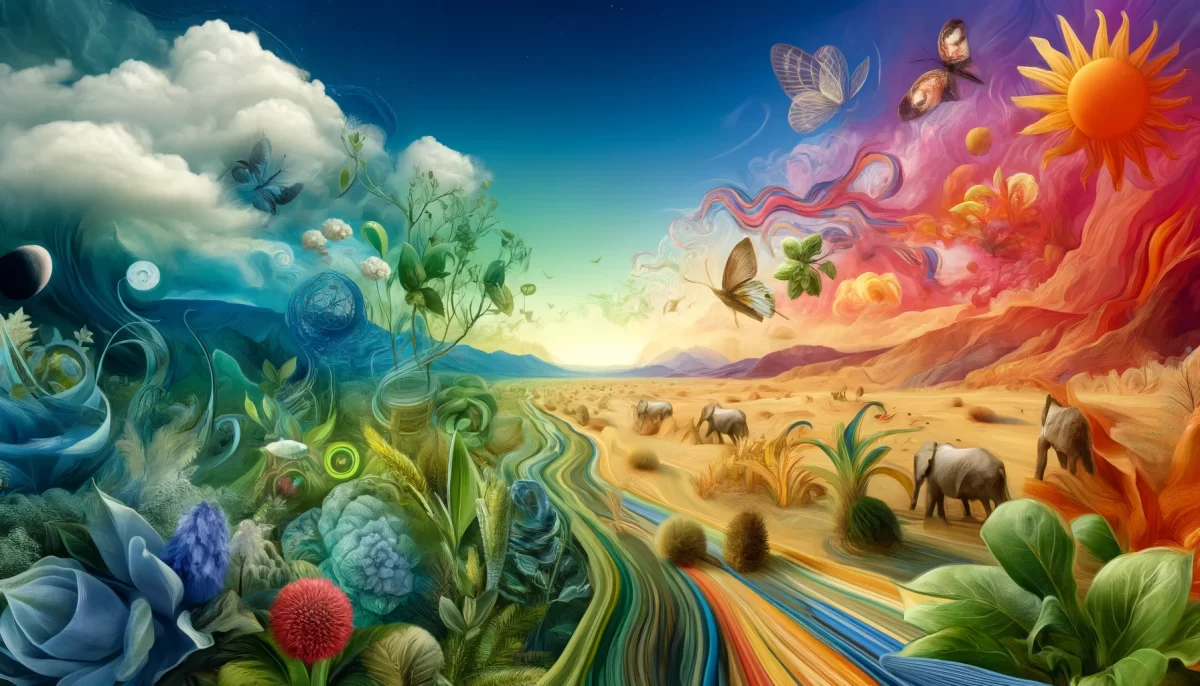






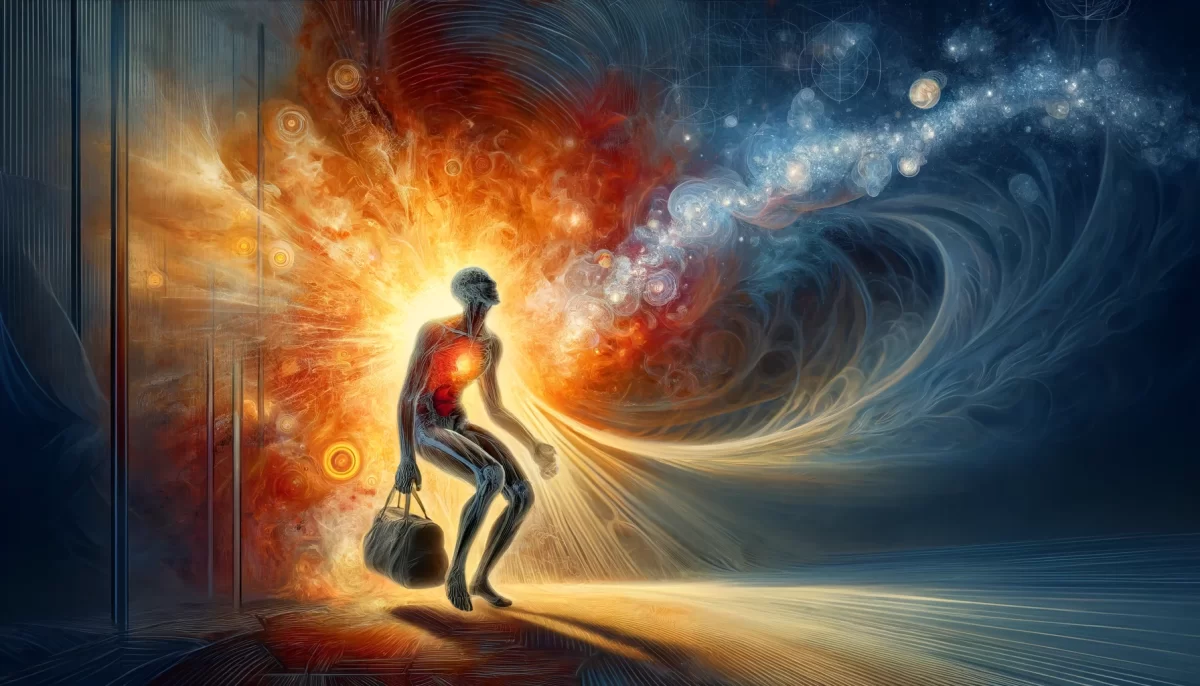
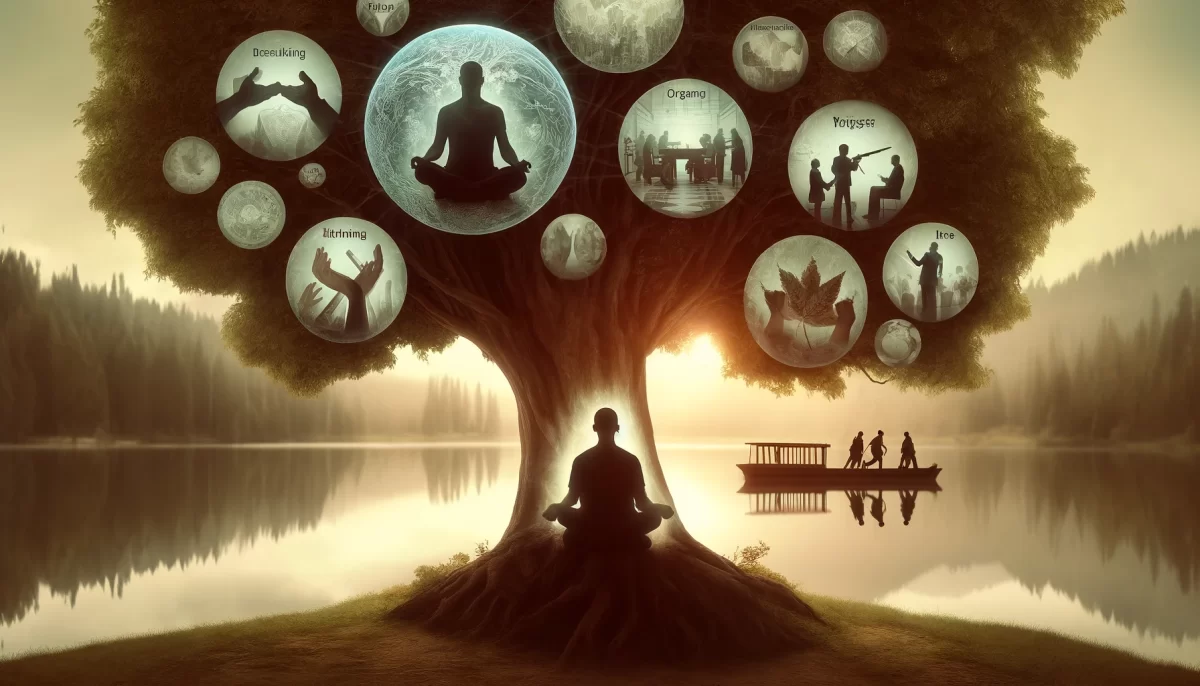
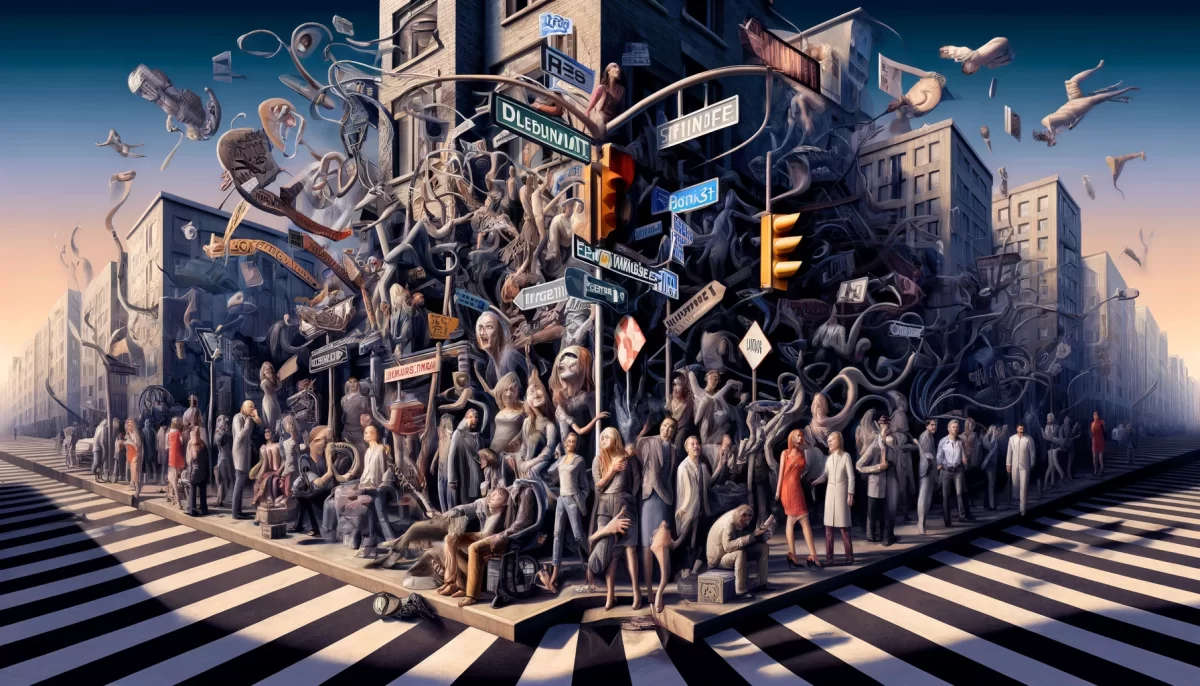




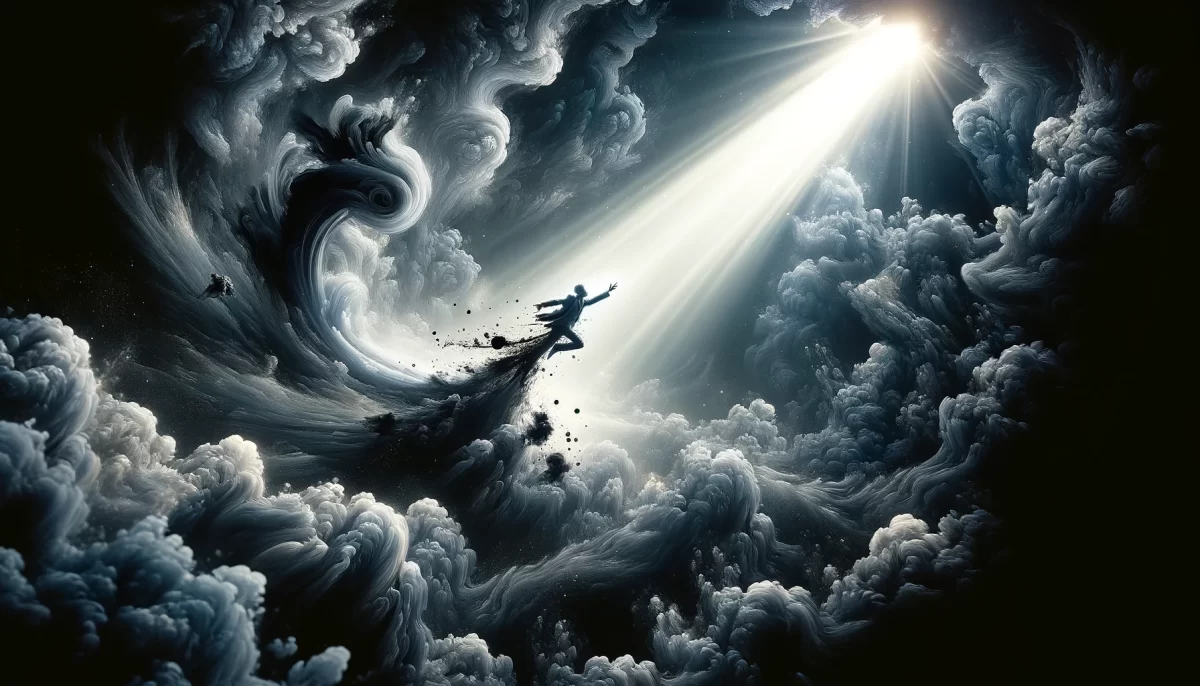


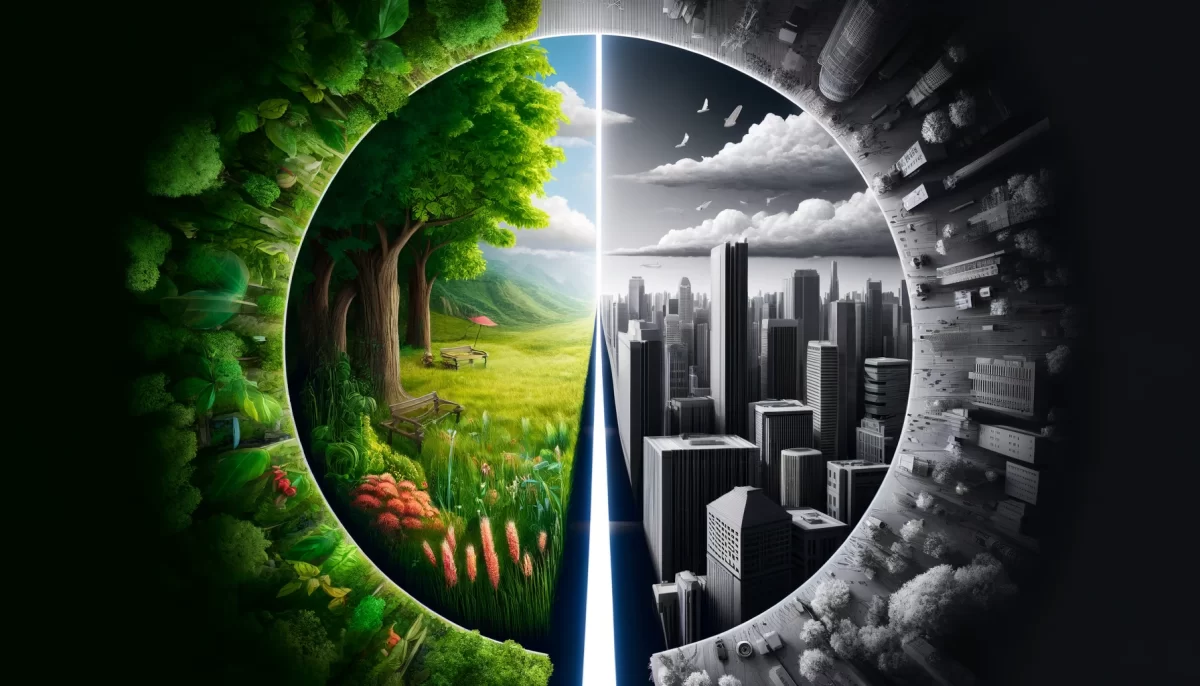

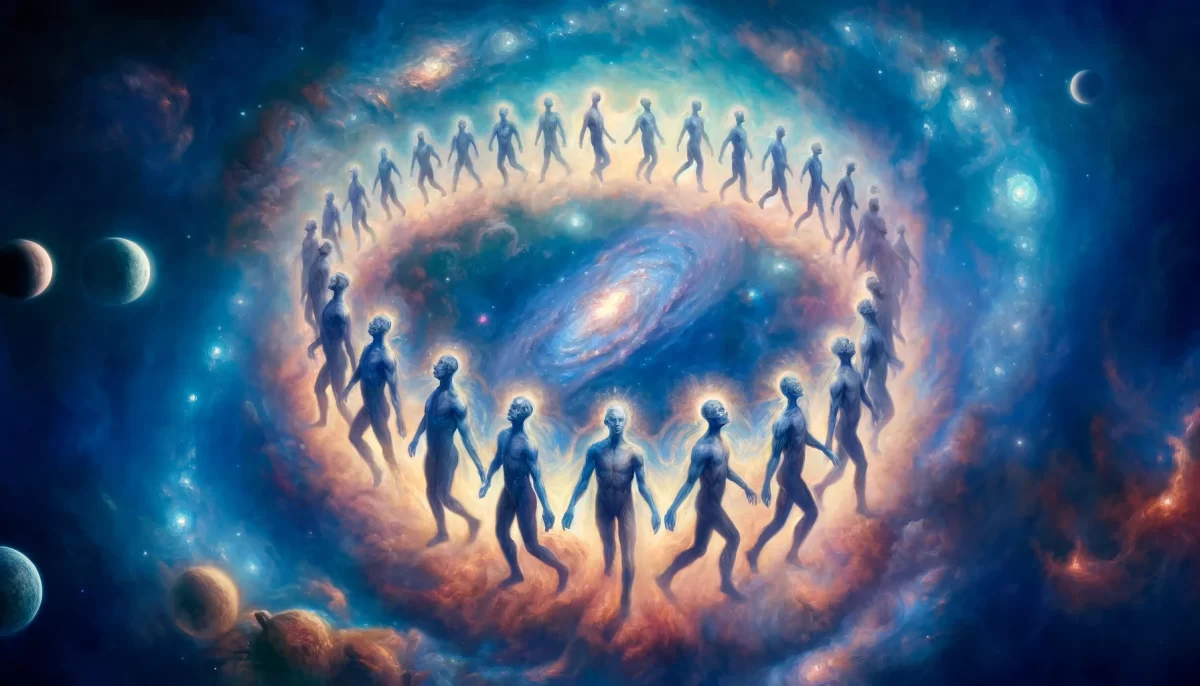
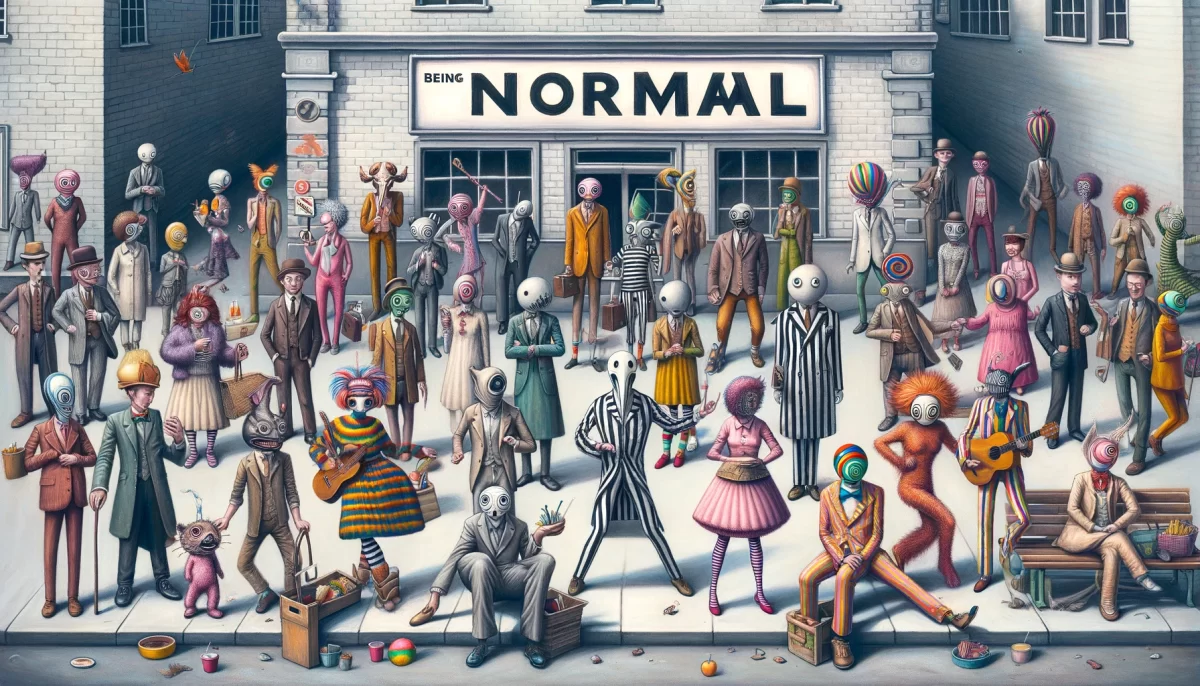

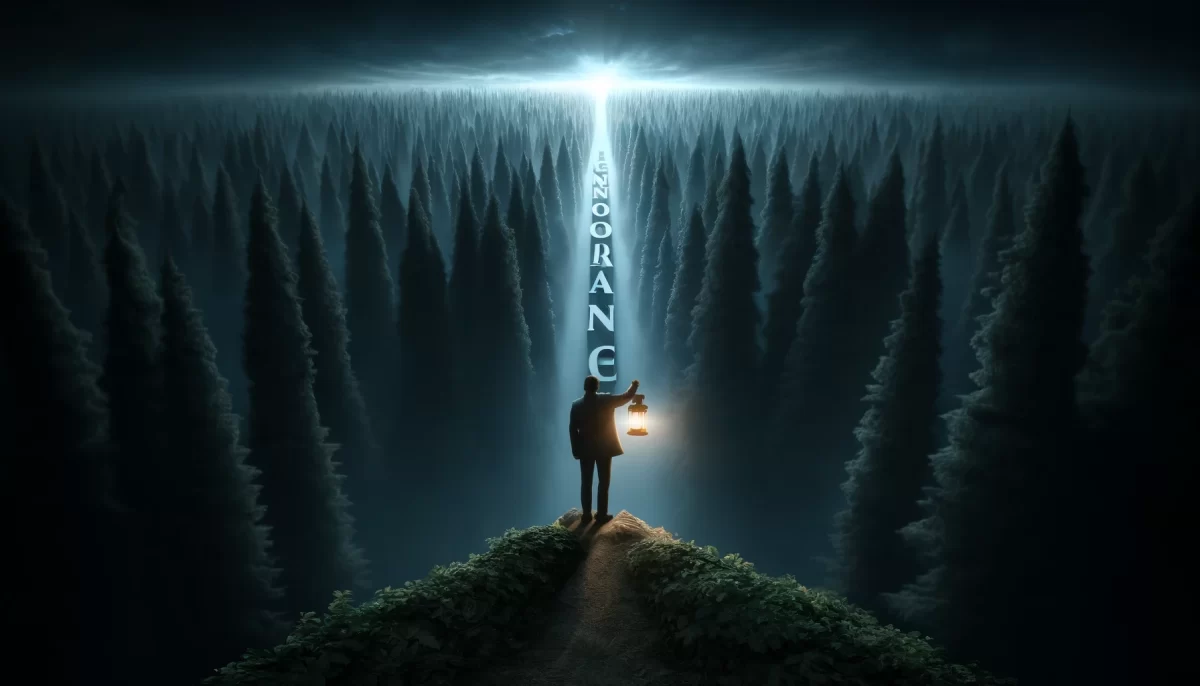




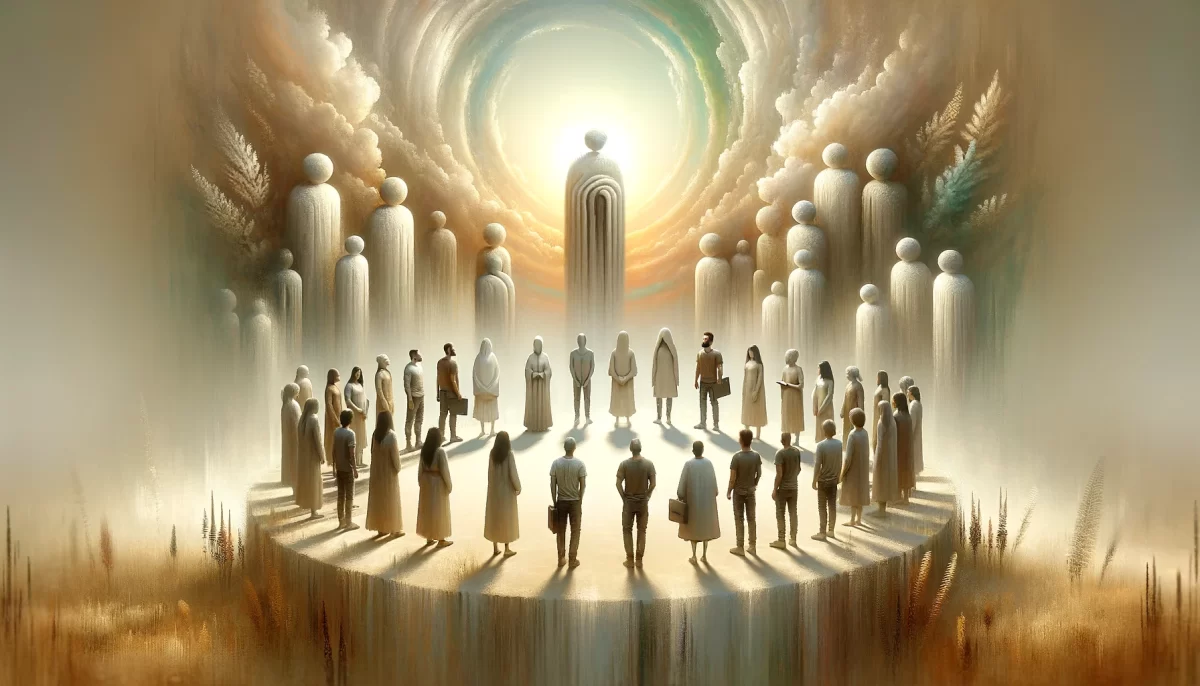





In our journey through the cosmic dance of existence, we encounter the concept of invasives—a profound reflection on the nature of boundaries and our response to the dynamic forces of life.
The notion of invasives, whether they manifest as plants, people, or thoughts, invites us to explore our relationship with change and adaptation. It challenges us to question our attachment to the status quo and our instinctive desire to maintain control and order.
When we designate certain species or elements as invasive, we create a distinction between what is deemed desirable and what is considered disruptive. However, this perspective overlooks the inherent interconnectedness of all things and the continuous evolution of the natural world.
In reality, boundaries are fluid and ever-shifting. Nature teaches us that adaptation and symbiosis are essential for the flourishing of ecosystems. What we perceive as invasive may simply be nature’s way of recalibrating, of introducing new possibilities and challenges that promote resilience and growth.
Perhaps it is our rigid attachment to fixed boundaries that limits our understanding and inhibits our capacity to embrace change. By resisting what we label as invasive, we may inadvertently impede the natural processes of evolution and hinder our own personal and collective expansion.
Instead of approaching invasives with fear or hostility, let us cultivate curiosity and seek to understand the intricate relationships at play. By doing so, we open ourselves to the wisdom and lessons they carry, acknowledging that even the most disruptive forces can offer opportunities for learning, adaptation, and coexistence.
As we navigate the tapestry of existence, let us transcend the notion of invasives and embrace the interconnectedness of all life forms. In this expansive perspective, we can recognize the inherent value and interconnectedness of every element, welcoming the transformative potential that arises from the interplay of diverse energies.
We are Space Monkey, embracing the ever-changing symphony of life.
Trail Wood,
6/23/2023